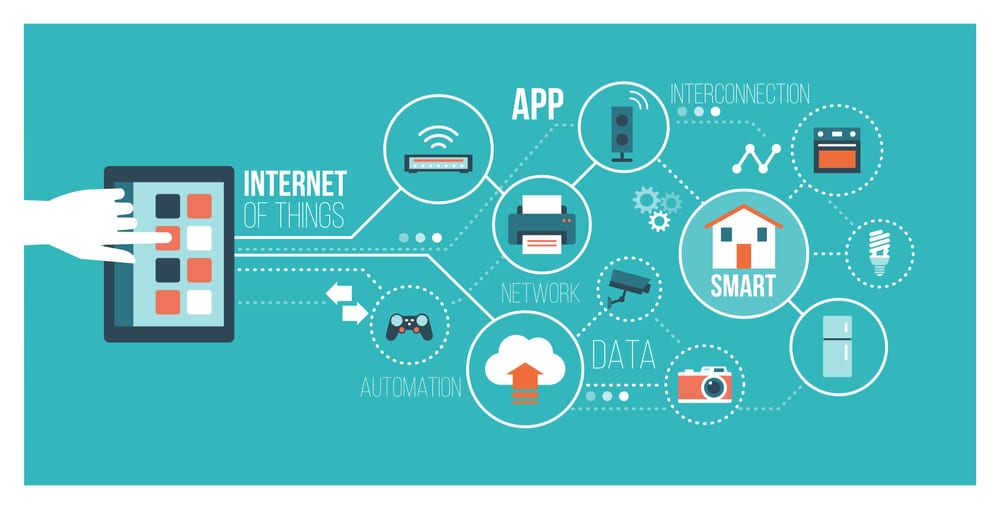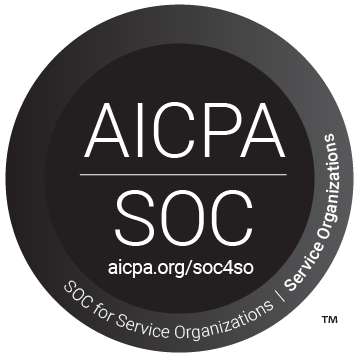One of the biggest misconceptions in network services is about how something called remote monitoring works. Some clients take the term literally and believe that the size of their business doesn’t warrant the need for a simple status checker that has no added benefit. They think:
“Well, it’s good that you can see if our network is down or not, but so can we.”
This couldn’t be further from the truth.
What remote monitoring actually does is gives us “before and after” snapshots. While the “after” snapshot alerts our engineers that a network outage has happened, the “before” snapshot drastically shortens the time it takes to repair the problem.
Take this typical scenario: a client calls technical support and says they are unable to connect to their cloud storage. This prompts the support specialist to ask them a series of diagnostic questions, similar to a doctor asking where they feel pain, when they started coughing, whether they have a temperature, what it is, etc. Although these questions are supposed to help the tech deduce what the problem is, they’re akin to finding a needle in a haystack by removing each straw. This method of troubleshooting is tedious and sometimes unhelpful if the problems you’re looking for are tied together.
So, what if you had a “before” snapshot instead? Like a baseline x-ray, remote monitoring shows us what your network looked like before it went down so we can pinpoint exactly where the problem resides. It takes a proactive approach by constantly monitoring any changes, whether the source is a newly installed application or a change in system settings.
This approach does more than fix downed servers or clients. It alerts us to performance issues like delayed responses and provides an audit trail for blacklisting viruses and unauthorized applications. We’ve all been there to see what happens when an employee downloads from an untrusted website or installs a prohibited instant messenger.
The best part about this is that with remote monitoring, we can catch something and fix it before the client notices, because we actively monitor systems 24 hours a day. So, that 2 a.m. switch malfunction is solved before your 9 a.m. opening. As the old adage goes, “If you do it right, people won’t know you’ve done anything at all.”














